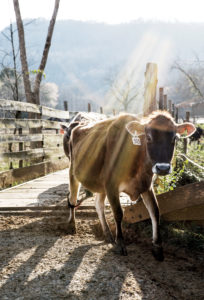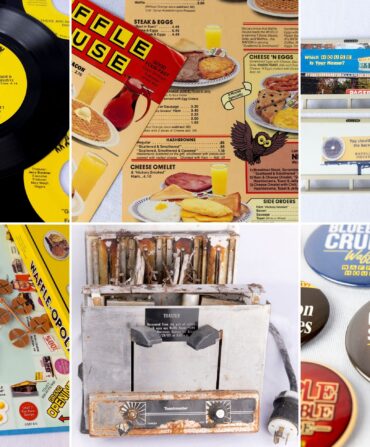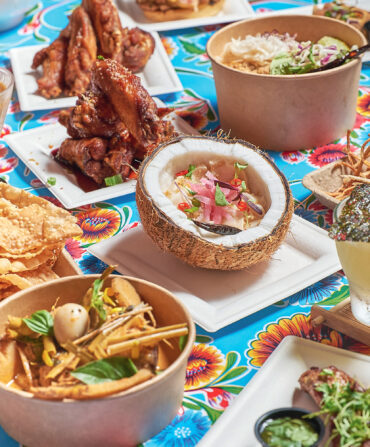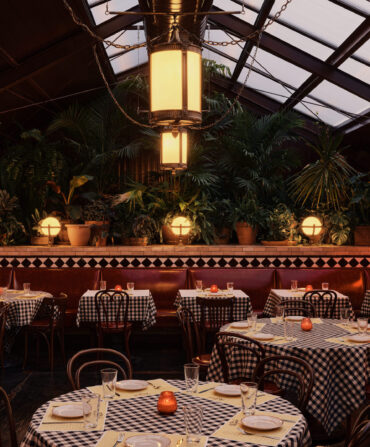Food & Drink
The Southern Cheese Crusade
From the heat to the bugs, Southern cheese makers face a daunting set of challenges. But a growing number of them are proving they can stack up with the best
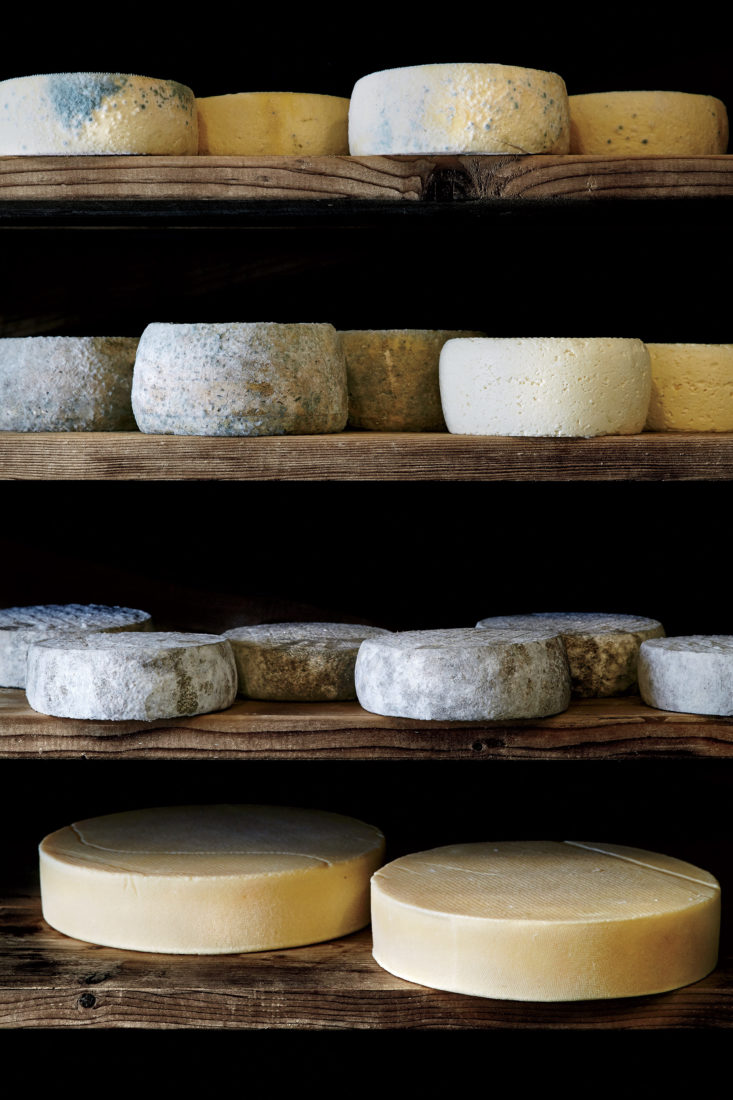
Photo: Squire Fox
You think you’ve got job pressure. Here on a rocky three hundred acres of Tennessee grassland tucked into the wilderness northwest of Chattanooga, Nathan Arnold is not having a great day.
For one thing, his cheese tank is too small. The room in which it sits is too drafty. And he’s got milk problems. The clean, raw milk he works with at Sequatchie Cove Farm is precious, in part because he has cows that sometimes won’t give enough of it. What’s worse, it looks like one of the animals has a slight infection.
The problem is, he doesn’t know which one, and since all the raw milk he uses is blended together before it’s tested, one cow with even a slight jump in white blood cells can affect the whole batch. And that means he will have less of what he needs to make his Dancing Fern cheese, the most coveted round of milk proteins and microbes in the South.
Dancing Fern, which goes from milk to market in sixty days, has the velvety rind of its inspiration, the beloved Reblochon of the French Alps. Its inner belly gets softer and more complex with time. The whole thing tastes of milk and mushrooms and a Tennessee cow.
In its sophomore year, Dancing Fern was judged the best farmstead soft cheese at the American Cheese Society competition last fall in Raleigh, North Carolina, the first time the competition was held in the South and the first time a Southern cheese proved so popular. Some experts, including Tim Gaddis, the well-regarded cheesemonger and unabashed Southern cheese fan from Star Provisions in Atlanta, thought it should have taken best of show. And that was out of 1,711 entries. (The title went to Flagsheep, an aged cheddar made from a blend of cow’s and sheep’s milk from Beecher’s, a Seattle-based company.)
Anne Saxelby, whose cheese shop in Man-hattan’s Essex Street Market has a devoted following, bought as much of the 2012 Dancing Fern as she could. “It struck me as one of the best cheeses I had had in a long time,” she says. And at Sequatchie, Arnold and the others who help him make it are feeling the pressure to create cheese that is as special in its junior year as it was as a sophomore.

Photo: Squire Fox
Rounding into Form
The South doesn’t have a long history of commercial farmstead cheese production. Certainly, farms have been turning out small batches for personal use as long as there have been farms. General stores have been selling hoop cheese, and sandwiches have been made with pimento cheese for a century. But now, dozens of Southern farms and cheese makers are crafting new cheeses that are sometimes exceptional, sometimes quirky, but increasingly embraced by both Southerners and cheese experts around the country.
Since it started in earnest in the late 1990s, the South’s artisan cheese-making community has grown to about 150 members, a figure compiled from a survey by the American Cheese Society and estimates by the sellers and makers of Southern cheese. “We’ve seen just tremendous growth in the South,” says Nora Weiser, the cheese society’s executive director. “That’s the area that is most ripe for it, and the quality is increasing with the quantity.”
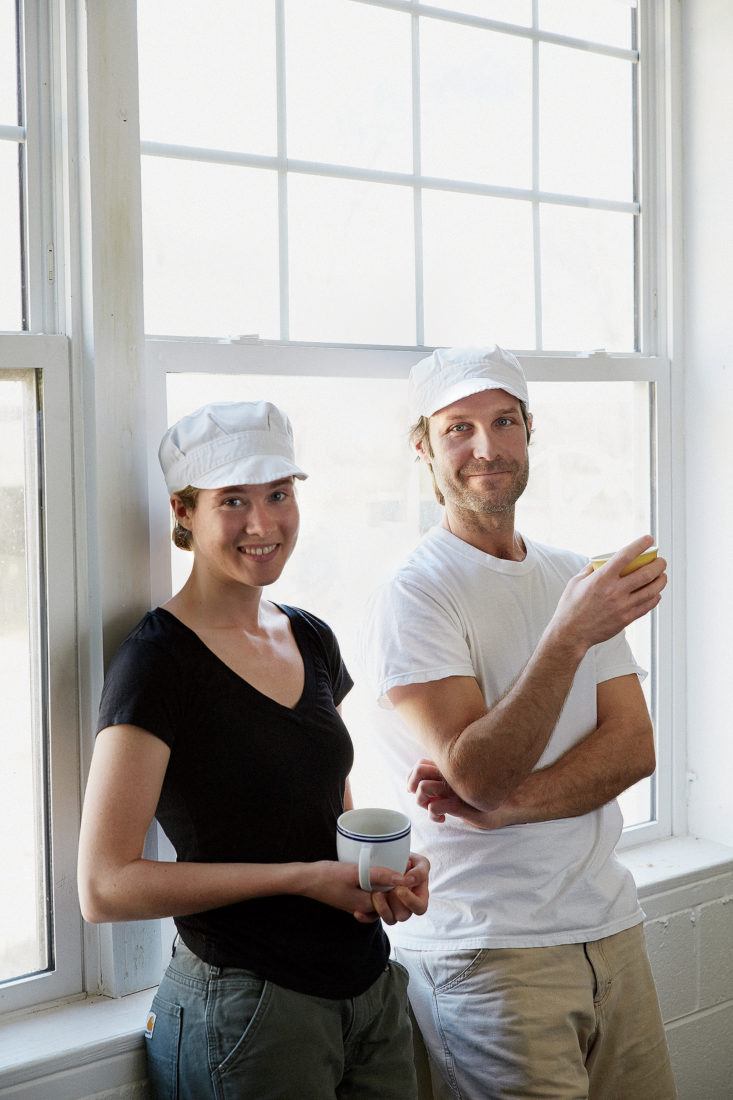
Photo: Squire Fox
Cheese makers Padgett and Nathan Arnold of Sequatchie Cove Farm.
Arnold was one of twenty-nine Southern cheese makers to enter the cheese society’s competition last year (up from only eight in 2008), and a record fifteen of them won awards. State fairs have started cheese competitions, and the South even has its own artisan cheese festival now, which will be held this year, its third, on September 28 in Nashville.
Arnold never went to college, but that was more about an aversion to institutions than a lack of intellect. He has a meticulous mind and loves art and science in equal measures. He is, a day with him makes clear, a perfectionist, and making cheese in the South, perhaps more than anywhere else in the country, is Kryptonite for perfectionists.
Summer temperatures burn off the grass and make the cows lethargic. Stressed from the heat, animals give less milk. Warm winters mean insects and parasite populations never really get killed off. Sheep get weird parasites such as the barber pole worm. Crazy kinds of yeast float through the cheese house. But with the challenges also come advantages. Find a way to harness all that biodiversity and navigate year-round grazing, and you can make great cheese.
“If you want biodiversity, the South is the place,” says Padgett Arnold, Nathan’s wife and one of about ten people who live or work on the diversified Sequatchie Cove Farm, including its owners, the Keener family. “This climate will grow anything. It’s great, but it means making cheese is an art down here. Every day we’re learning just how complex it really is.”
Southern Terroir
Is there a certain style of cheese that is Southern? Different parts of the United States produce cheeses with their own hallmarks. Vermont’s cheeses are generally defined by lots of aging. California’s cheeses have a reputation for tasting fresh and milky. In the South, cheese tends to be fluffy and moist.
“I’ve found that a lot of the cheeses in the South are very, very rich and want to be eaten right away,” says Clark Wolf, a food consultant and the author of the book American Cheeses. The milk can sometimes be so rich with fat that the cheese is particularly creamy, he says, and a Southern cheese can really grow some mold—which is a great thing if one knows how to control it. “Rogue yeast is rampant,” he says.

Photo: Squire Fox
Fresh milk from the farm’s pasture-raised dairy cows.
Still, it may well be too soon to declare exactly what Southern cheese is or isn’t. It’s all too new. Although plenty of creameries churn out traditional versions of blue cheese, Gruyère, tomme, and lots of chèvre, Southern cheese is increasingly a reflection of the personalities of the states and makers from which it comes, in both terroir and style.
At Prodigal Farm, in Durham County north of Raleigh, the goats get moved around old tobacco fields on a repurposed school bus, and the transplanted New Yorkers who took over the farm a few years ago turn out an oozy version of a Selles-sur-Cher called Hunkadora.
Brazos Valley Cheese in Texas, which has done well at cheese competitions in the past few years and now sells in a dozen cities, wraps its Brie in mesquite or fig leaves and sometimes brushes it with sorghum.
There’s even a Southern version of paneer, the soft, fresh cheese popular in South Asia. Chapel Hill Creamery, which made its name on its mold-ripened Carolina Moon, started producing it for chef Andrea Reusing of the Asian-inspired Lantern Restaurant in Chapel Hill because she couldn’t find any that tasted right in North Carolina. Now Reusing mixes it into dishes such as a warm kabocha squash salad.
“I keep trying to get someone to do something wrapped in kudzu leaves and soaked in Southern whiskey,” says Star Provisions’ Tim Gaddis, who probably tastes more Southern cheese on a regular basis than anyone else in the country. He and other students of Southern cheese say that what all the cheese makers have in common is a kind of warrior mentality. They fight great battles, not the least of which is working in a region that is only beginning to embrace its local artisan cheese culture and a willingness to be patient and pay the prices some of the cheeses demand.
Inventories aren’t yet where they are in the rest of the country, so one prestigious award can wipe out the supply, a lesson Nature’s Harmony Farm in Elberton, Georgia, learned when its Fortsonia won a few top awards last year. Because cheese is often seasonal, customers who miss out sometimes have to wait a year for more. By that time, they might have moved on to a new favorite. And because cheese is made in batches that take time to mature and come from milking animals that require years of breeding to make a strong, reliable herd, the margin for a cheese maker to improve can stretch out over years.

Photo: Squire Fox
Sequatchie Cove’s Alpine-inspired, award-winning Dancing Fern cheese.
“It’s hard as hell,” says Rebecca Williams, who is in her second year coaxing cheese from the milk of about a hundred ewes at Many Fold Farm in Georgia’s Chattahoochee Hill Country. She is one of the few Southern cheese makers who work with sheep, which are particularly challenging to raise in the South. She battles parasites, copes with the vagaries of lambing season, and tinkers with equipment, learning as she goes. This spring, Williams lost a big batch of cheese when she discovered her early milk had too many variations and the cheese wouldn’t set right. It went to the pigs.
“We are trailblazers, no doubt about it,” she says.
Many Southern chefs are happy to go along for the ride, learning along with the people who spend their days in cool rooms washing and turning wheels of cheese. Most forgive the products that aren’t good enough to make the cheese plate and encourage cheese makers who are determined to build a high-quality Southern farmstead cheese culture.

Photo: Squire Fox
The diversified farm also raises heritage-breed pigs as well as grass-fed beef cattle and Katahdin sheep.
“I like being part of the experiment,” says Linton Hopkins, the chef behind Restaurant Eugene and Holeman & Finch in Atlanta. He has sent truffles to cheese makers and made vegetable ash for others, buying entire batches created with his offerings. “I like to be on that journey with a farm,” he says. “I like that I get things that are not uniform and I may never see again. It challenges you creatively.”
And though other parts of the world have a generous head start and a more established reputation for cheese, for Hopkins and a growing cadre of chefs, that doesn’t necessarily mean their cheeses are “better.”
“Better to me means a lot of other things,” he says. “And to me a Southern cheese is better for reasons beyond just the merits of the cheese.”


